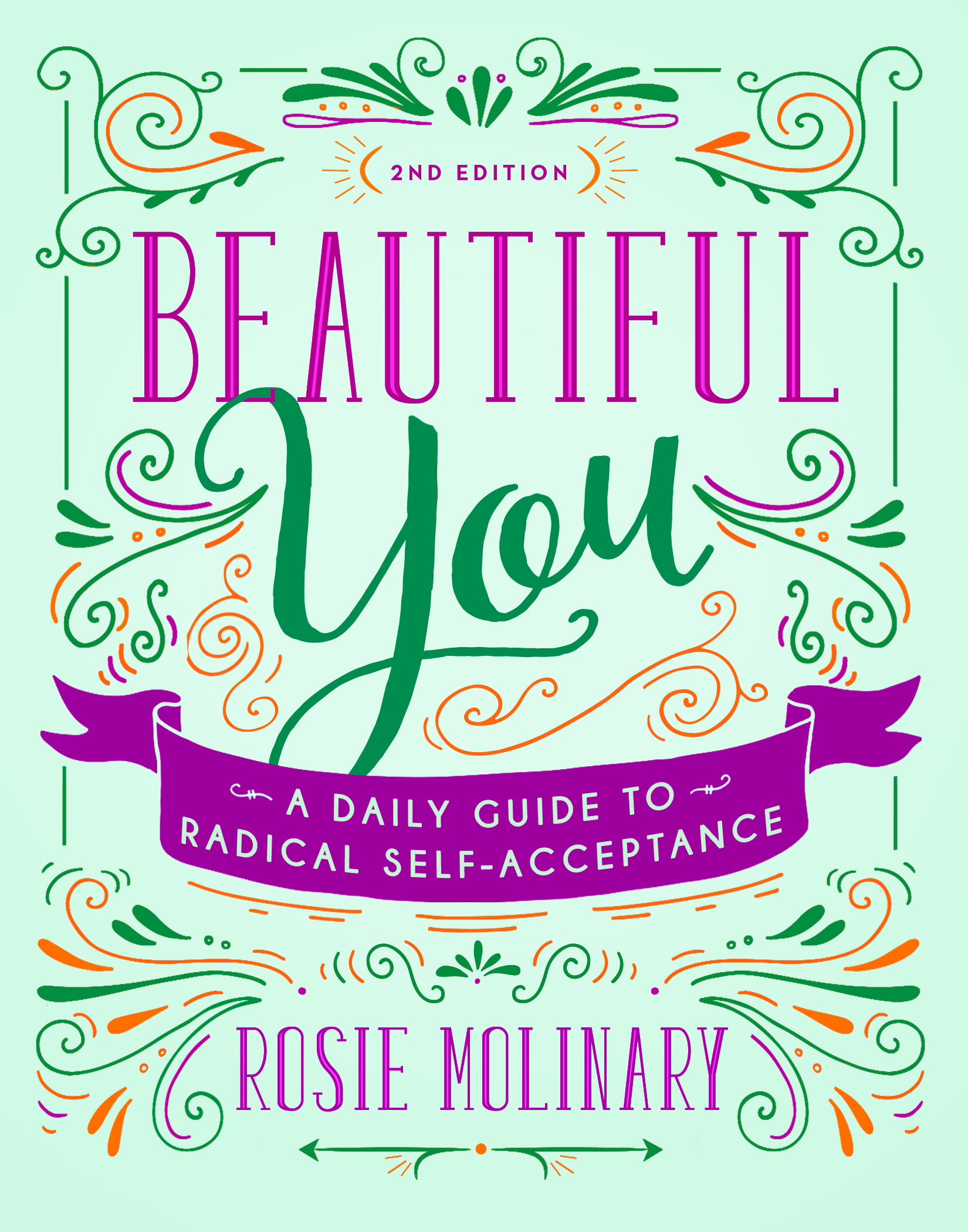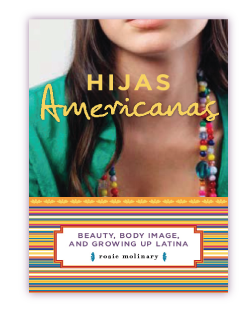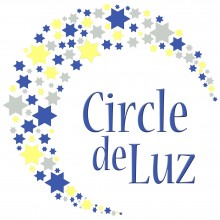So, my first really serious activism started when I discovered that a young man I was tutoring was in a gang. I was in college, maybe 20, and he was probably 16 or 17. Struck by his predicament– he wanted out but thought it might mean having a child so that his crew accepted that he was busy– I started studying youth gangs. My senior thesis in college was focused on designing a youth violence intervention program after studying all the best practices in the field. I went to Roxbury, Massachusetts, met Crips and Bloods, and discovered my two primary theories when it came youth violence and youth development. Part 1: if you are an adolescent (key word: adolescent) in a gang, you didn’t join it because you wanted to be violent. You joined it because you wanted a place to belong. That’s what we all want, isn’t it? A place to call our own, a group that loves us. Like the bar in Cheers, if you will. Youth gangs, I began to realize, were the urban boy scouts. Those guys didn’t have anything else to join, anything else to do, and so they banned together and when they were bored, they went looking for stuff to do. Not exposed to much, not many resources around, that something to do was sometimes no good. But it was something to do. Sure beat sitting around the house watching bad soap operas, waiting for a parent who was working so hard to make ends meet to come home. Give a kid something to do, a place to belong, a feeling of safety, engage their curiosity, and you go a long way in reducing youth violence. Boys hanging out together is not the problem. The violence, the tawdry activities, the questionable choices: those are the problems.
Part 2: Exposure matters.
A kid can’t dream of going to college if he has never read a book where the main character looks at or goes off to college, hasn’t ever seen a college campus on television, has never walked a college campus with his own two feet, hasn’t heard beloved family members talk about their collegiate days. Young people need to see the possibilities to start seeking them. Show kids in the ghetto nothing but the ghetto, and, well, you get the point. You need fuel to fan the flames. Youth issues of all kinds are really important to me. Coming of age is hard, and there are many ways that we– adults– don’t make it any easier, complicate matters even. Some of us vote down school bonds, try to outlaw the way some kids dress (if you live in Charlotte, you totally know what I am talking about), do not volunteer, do not care about offering resources, cross the road when we see someone we consider unsavory rather than looking him or her in the eye– engaging that person’s humanity– and saying hello, wallow in our judgmental natures, even act as predators. Children today are vulnerable because we allow them to be vulnerable, because we do too little about it, because we want to bitch and complain and have somebody else act. “They aren’t our kids,” we say, and bemoan their parents. But every single child that walks past you is your future, our future, a living testament to our humanity.
So, what stirred her up, you might be asking. A former student just sent me this article, and it reminded me, all over again, how much work we still have to do for all of our children.


